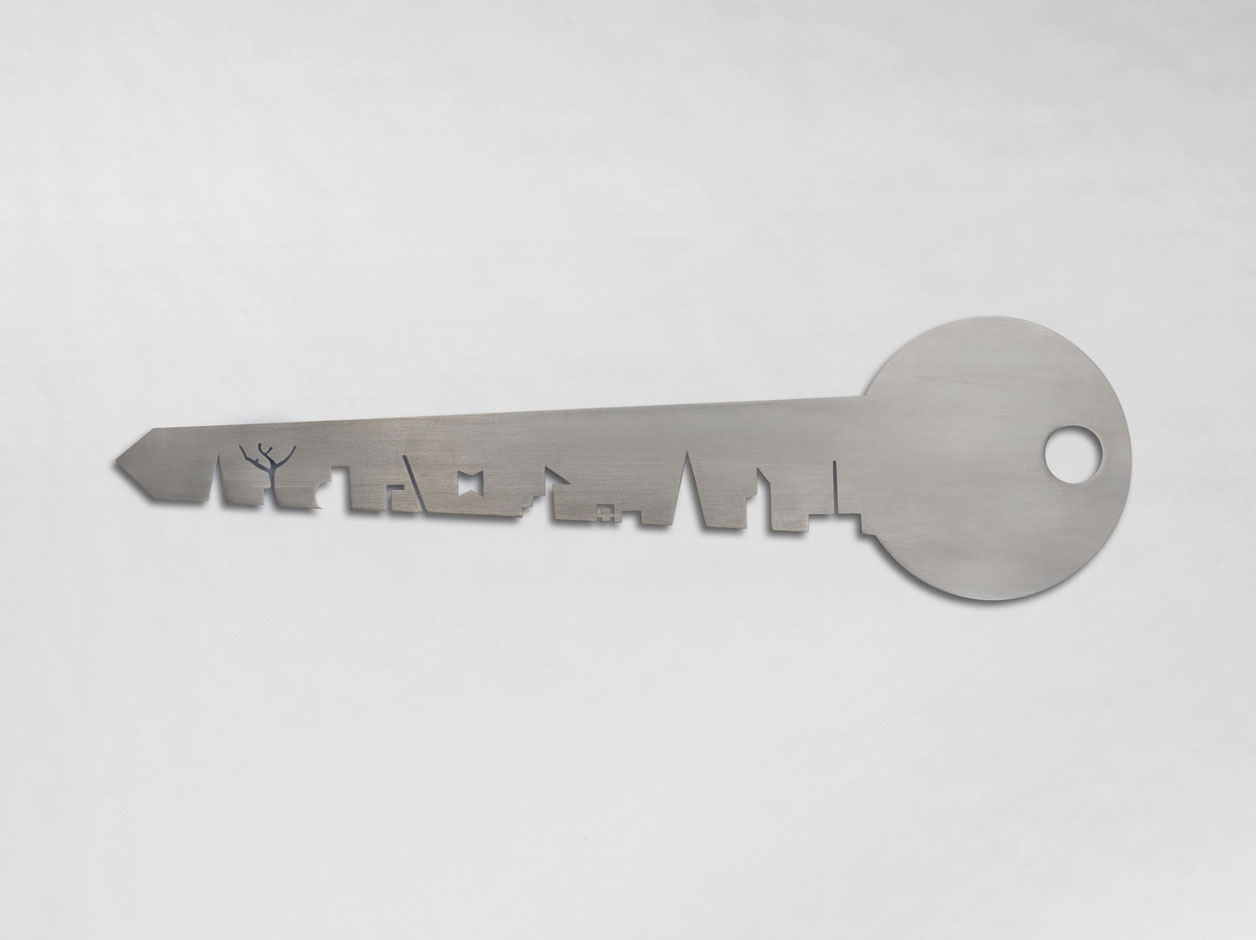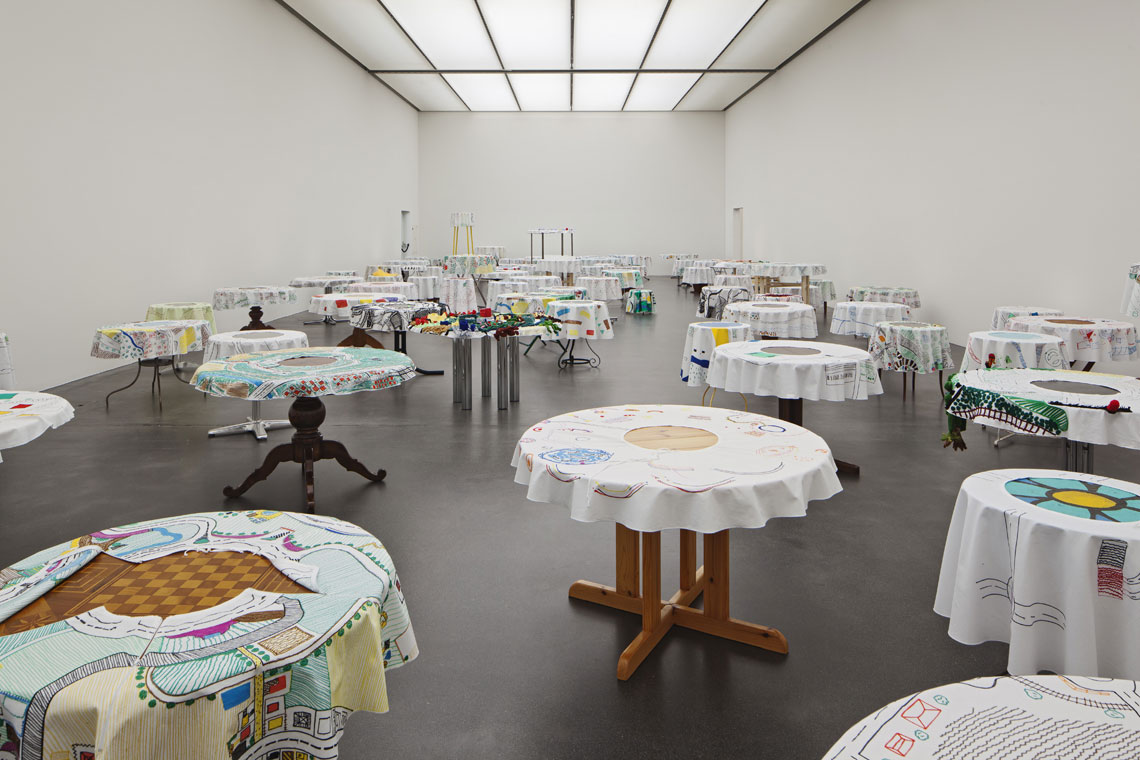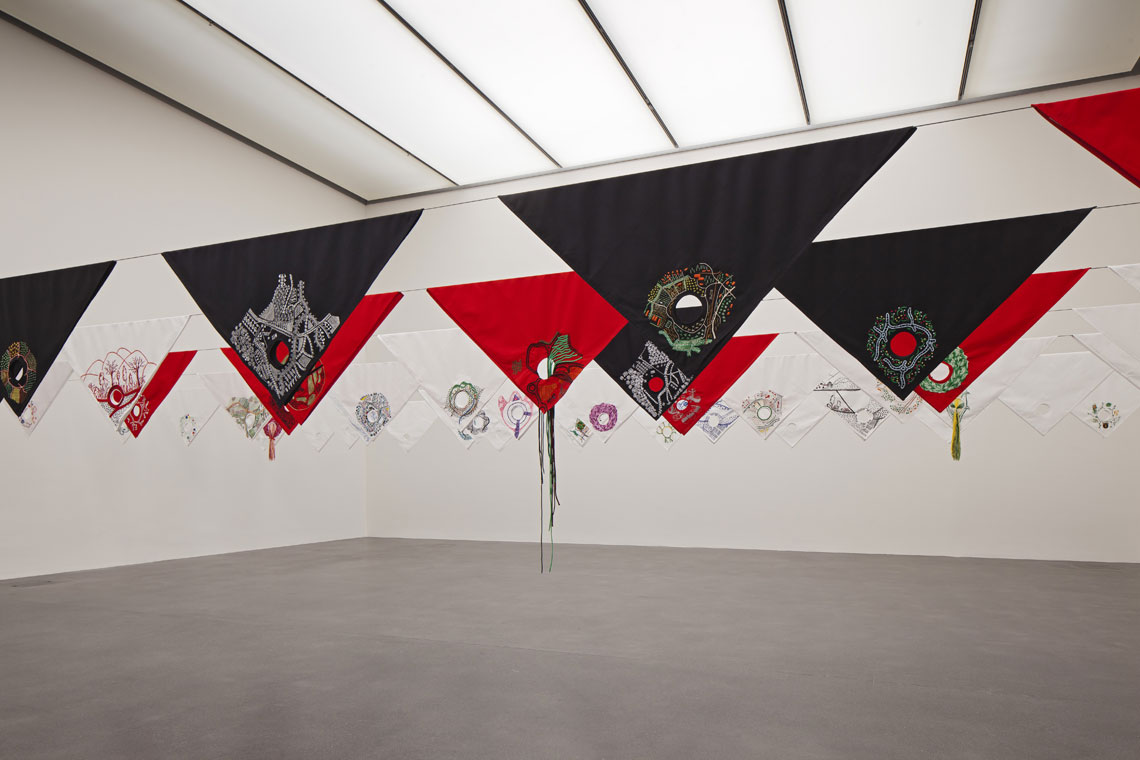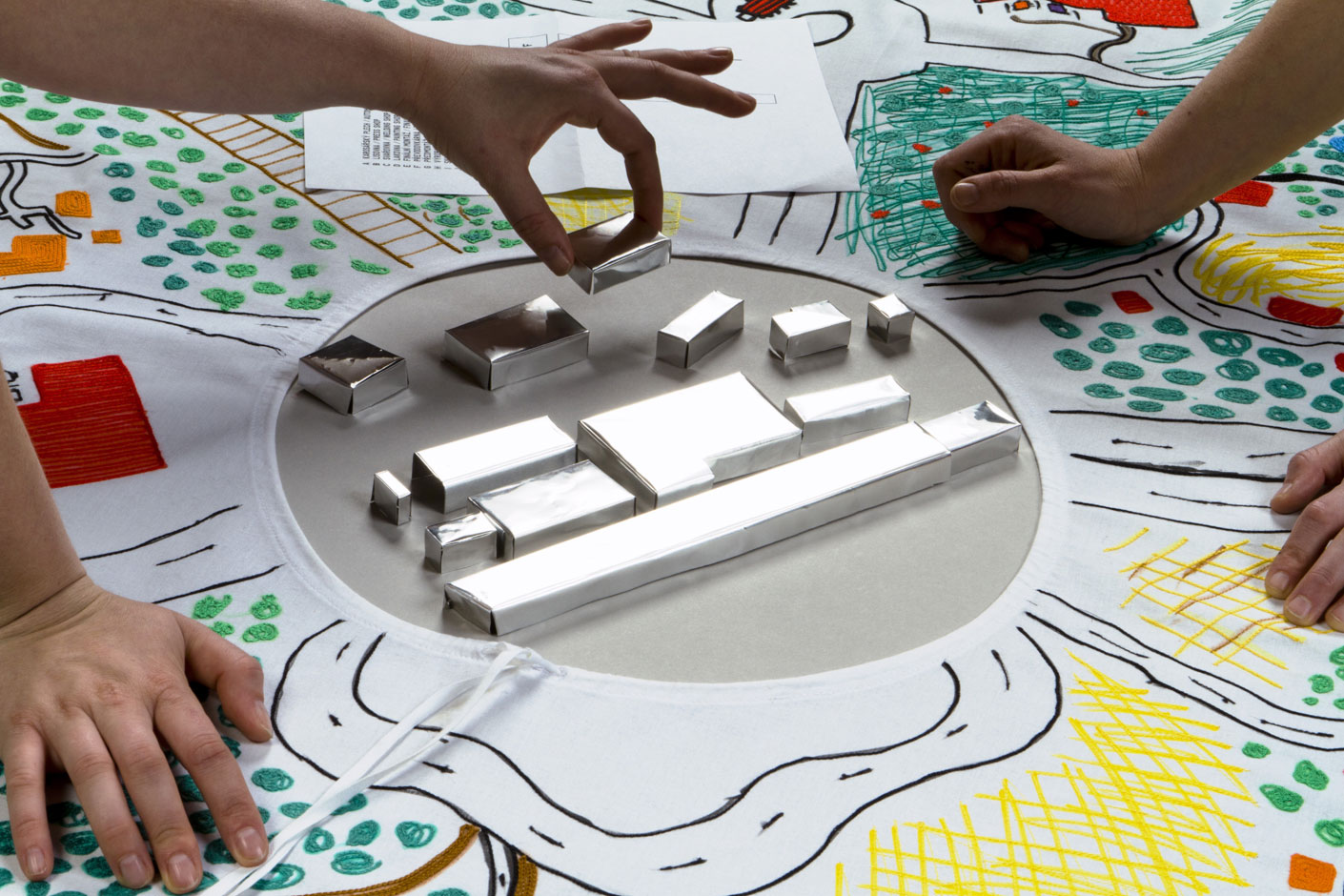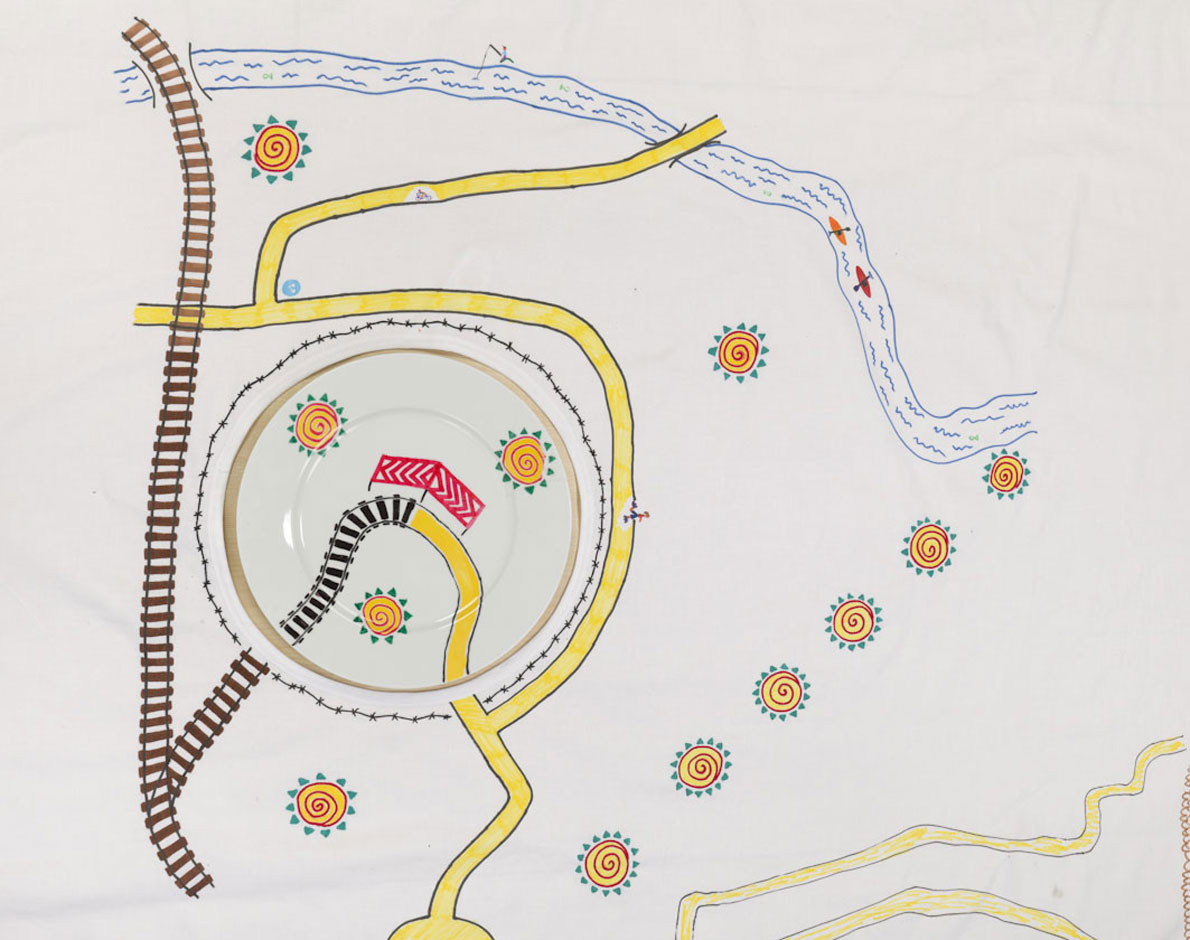KATEŘINA ŠEDÁ
Talk to the sky ’cause the ground ain’t listening
Kunstmuseum Luzern is showing the first overview exhibition of Kateřina Šedá. The Czech artist is interested in communities. Her projects are never primarily aimed at producing artworks. The artist is much more concerned with the actions which she generally performs with inhabitants from Czech provinces, and whose goal is to produce a sense of belonging, responsibility towards the community and identification with home. One good example of this is her collaboration with the population of the little Czech village of Nošovice for the project Nedá se svítit, which constitutes the frame of the Lucerne exhibition. The title Talk to the sky ’cause the ground ain’t listening is one of a hundred translations of the Czech proverb that gives the work its title. For each stage and further development of Nedá se svítit, Kateřina Šedá chooses a different translation. So the project has already been seen in Tokyo under the title No Light, as That’s the Way the Cookie Crumbles in London, and now, in Lucerne, as Talk to the sky ’cause the ground ain’t listening.
The initial situation Nedá se svítit was that the local municipality had changed 300 hectares of fields in Nošovice into an industrial development zone and the regional authority wanted to assign them to a Korean car manufacturer. The yearlong tension between the individual interests led and the villagers being at odds with each other. In the end everyone gave in and sold the land. Many inhabitants moved away after the factory was build and those remaining have not spoken with each other since. The new geography of the village added to the conflict and became an additional obstacle on the way of rebuilding the community spirit. The factory in the middle of fields caused the people to live in a circle around it. The original paths that used to connect them ended up at the factories fences. In order to use this circle pattern to make the inhabitants connect with each other again, Kateřina Šedá gave the villagers the task of imagining standing on the premises of the car factory and painting everything they see around it. The resulting paintings were then embroidered by women from Nošovice onto tablecloths, which were presented on round tables in the exhibition. The round tables ensured not only accessibility from all sides, but also symbolize the common table that Kateřina Šedá wants the villagers to share again. From the original installation with tablecloths the project has come a long way: the hole on the middle of the tables was filled with fake food and tableware, a model of the car factory has been produced, and the tablecloths have been transformed into skirts and scarves.
Kateřina Šedá usually works with people from her Czech homeland. But the problem of increasing individualization and atomization is globally apparent. Kateřina Šedá is serious: it’s a matter of creating a better life. Sometimes you have to address the sky directly, demand the highest ideals if incomprehension and ignorance rule on the ground. Even without being a participant in Kateřina Šedá’s actions, her dream can be comprehended.
curated byFanni Fetzer
The exhibition is supported by Landis & Gyr/ Siemens Building Technologies, Ernst & Olga Gubler-Hablützel Stiftung, Tschechisches Zentrum in Vienna.
